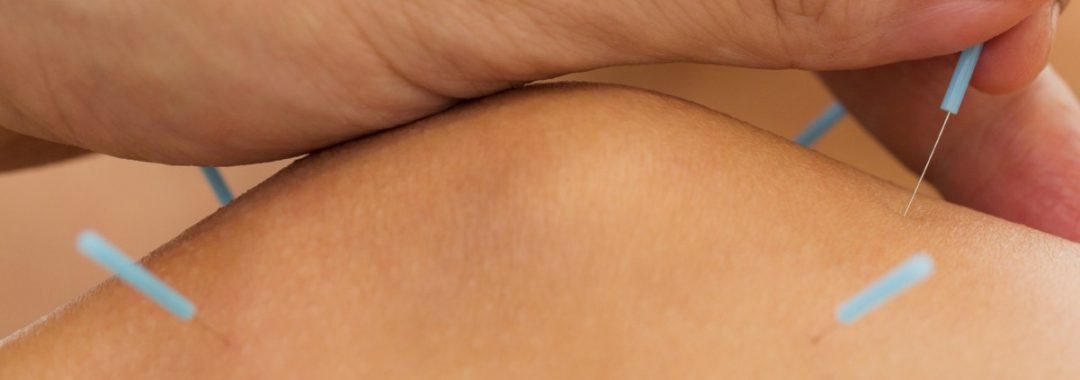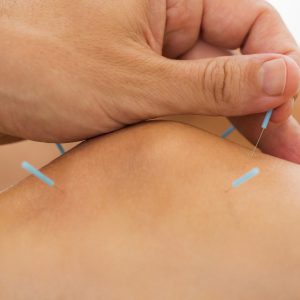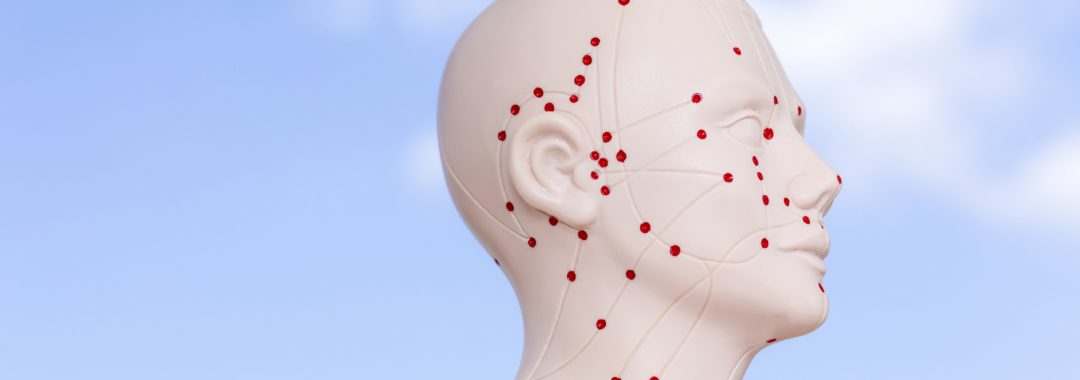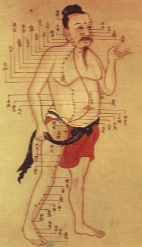The classical 经 筋 jing-jin ("sinew meridians") of Chinese medicine describe tracts of myofascial tissues that roughly follow the jing-luo ("primary meridians").
Understanding the jing-jin can guide clinicians from where pain is felt, to distal and proximal locations that also may need treatment. Knowing the muscles, tendons, joints and ligaments of each jing-jin, and how to examine and treat them is a valuable complement to the cross-sectional approach of contemporary orthopedics, and opens up avenues towards holistic rehabilitation from injuries, pain and disability, including:
- Decreased muscle-tendon pain and tension, and improved strength and function
- Decreased joint pain, and increased flexibility and range-of-motion
- Improved posture, movement, and whole-body biomechanics
This introductory class prepares students to get the most out of the 4-part Jing-Jin series by reviewing the general structure and functions of the jing-jin, as well as classical and modern examination and treatment techniques, including:
- Comparison of ancient descriptions of the jing-jin with contemporary dissection studies and functional analyses of myofascial tracts and kinematic chains
- Clinical significance of postural vs. phasic muscles and balance between agonist/antagonist muscle groups
- Clinical assessment of the movement, strength, and joint stabilization functions of jing-jin muscles and joints
- Introduction to anatomical charts of myofascial referred pain patterns, including muscle attachment sites and functions, innervation, and trigger, motor and Chinese new/miscellaneous points. (The full series covers over 100 muscles and connective tissue structures.)
Treatment of jing-jin injuries and pain with traditional and modern acupuncture and other AOM therapies.




